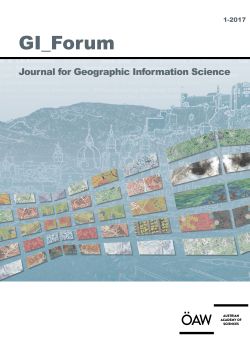
GI_Forum 2017, Volume 5, Issue 1, pp. 383-396, 2017/06/30
Journal for Geographic Information Science

Sustainability and renewable resources are attracting increased attention in the energy supply sector. This paper elaborates on the application of agent-based modelling methods to simulate forest fuel markets and supply chains. More precisely, it aims to simulate the market for wood chips for heating purposes, based on a sustainable forest growth and yield model, in conjunction with cognitive agents that act in the market. In the agent-based model, three types of agents are defined: forest owners (supply), biomass heating plant (demand), and ‘traders’, connecting supply and demand. Forest enterprises can decide on forest operations based on the state of the forest fuel market – e.g. considering the price for wood chips. Each biomass heating plant has an associated ‘trader’ that tries to fulfil the demand for forest biomass while minimizing the transport distances and the cost for the wood chips. The paper discusses the results of a simulation scenario in the Province of Carinthia, Austria. The simulation results are analysed with respect to space and time concerning biomass transport distance, transport patterns and remaining biomass stock.
Keywords: agent-based modelling, forest fuels, spatio-temporal modelling